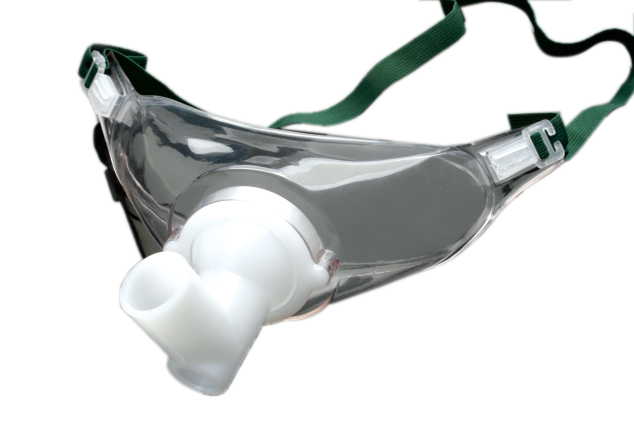
A tracheostomy mask is a type of mask that helps to deliver oxygen to a person who has a tracheostomy.
A tracheostomy is a medical procedure that involves making an incision in the neck in order to insert a tube into the windpipe. This tube is then used to help a person breathe. A tracheostomy mask is a type of mask that helps to deliver oxygen to a person who has a tracheostomy. The mask has a connector that attaches to the tracheostomy tube, and it also has straps that help to keep it in place. There are different types of tracheostomy masks, and they are typically made from either silicone or latex.
There are many different types of tracheostomy masks, and the type that is right for you will depend on your individual needs. Here is a brief overview of some of the most popular types of tracheostomy masks:
1. Traditional Tracheostomy Mask: This type of mask covers the entire face and is held in place with straps that go around the head. It is typically used for short-term ventilation or when suctioning is needed.
2. Full Face Tracheostomy Mask: This type of mask covers the entire face and has a built-in valve that allows you to exhale through your nose. It is held in place with straps that go around the head and neck.
3. Nasal Tracheostomy Mask: This type of mask covers the nose and mouth and is held in place with straps that go around the head. It is typically used for short-term ventilation or when suctioning is needed.
4. Oral Tracheostomy Mask: This type of mask covers the mouth and is held in place with straps that go around the head. It is typically used for short-term ventilation or when suctioning is needed.
A tracheostomy mask is a type of mask that helps to keep the airway open during medical procedures. It is a small, plastic or metal device that is placed over the tracheostomy opening and is held in place by straps. The mask has a hole in the center that allows air to enter and exit the tracheostomy opening. The tracheostomy mask must be fitted properly in order to work correctly.
There are both pros and cons to using a tracheostomy mask. Some of the pros include:
The tracheostomy mask can help to keep the airway open during medical procedures, which can be beneficial for both the patient and the medical staff.
The tracheostomy mask can also help to prevent infection by keeping the airway clean and free from bacteria.
Another pro is that the tracheostomy mask can be removed easily if needed, which can be helpful in emergency situations.
Some of the cons of using a tracheostomy mask include:
The tracheostomy mask can be uncomfortable to wear, especially for long periods of time.
If not fitted properly, the tracheostomy mask can leak.